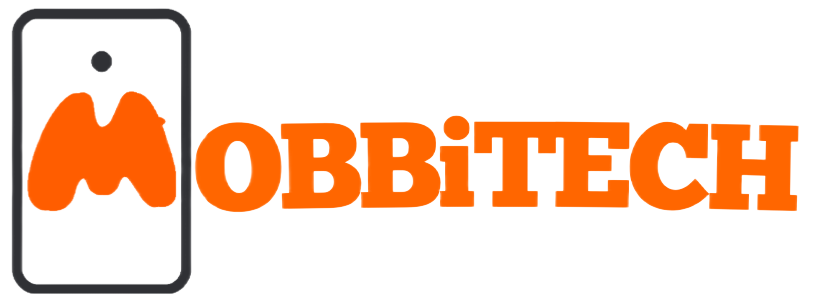Table of Contents
Keeping your Internet experience safe and secure is a top concern, whether you’re a business owner or an individual going online for personal use. With an ever-increasing amount of sensitive data now stored online, the potential for cybersecurity threats is at an all-time high. How can you avoid these risks and protect yourself and your personal information?
Let’s delve deeper into the most common cybersecurity threats and how to avoid falling victim to cybercrime. Keep yourself and your data safe from malicious actors by employing basic Internet security best practices.
Malware
Malware is short for malicious software; it’s designed to harm or exploit any computing device or network. This category includes viruses, worms, trojans, and spyware, just to name a few.
To protect yourself against malware, install a reliable antivirus program and update it as necessary. Also, avoid downloading files or clicking on links from unknown sources.
Phishing
Cybercriminals who attack via phishing trick individuals into revealing sensitive information, like passwords and credit card numbers, by posing as trustworthy entities. Their email address and signature may look legitimate, but their request may give you pause. For example, why would your bank email you directly to confirm your social security number?
Avoid phishing attacks by verifying the sender’s identity before clicking any links or providing personal information. Never reveal passwords, social security numbers, or sensitive financial information via email.
Man-in-the-Middle (MITM) Attacks
Man-in-the-middle attackers secretly intercept and potentially alter communication between two individuals who believe they are directly communicating with one another. These assaults on cybersecurity are particularly dangerous if you work remotely or run your business from a home office. Your entire company may be at risk if it’s attacked by a “man in the middle.”
To prevent MITM attacks and keep your communications secure, adopt Internet security best practices when working from home. These best practices are also important if you’re on public Wi-Fi. Use strong, unique passwords for all of your accounts and update them regularly.
Ransomware
Ransomware is a category of malware that encrypts a user’s data and demands payment (a ransom) to restore access. If you don’t pay the cybercriminal, you may lose your data permanently and need to invest in new computing equipment.
Back up your data regularly to mitigate the risks associated with ransomware. After all, if you have plenty of copies of your essential information, the ransomware threat won’t faze you much. Avoid clicking on suspicious or anonymous emails, and keep your web browsing limited to websites you trust.
When dealing with common cybersecurity threats, the best way to avoid them is to stay informed and up to date. Think twice before you click on unfamiliar links, and keep your data protected with antivirus software and passwords that are hard to guess. These best practices will improve your online safety and grant you peace of mind as you explore the Internet.
Also Read: Cybersecurity Strategies To Use for Your Small Business

